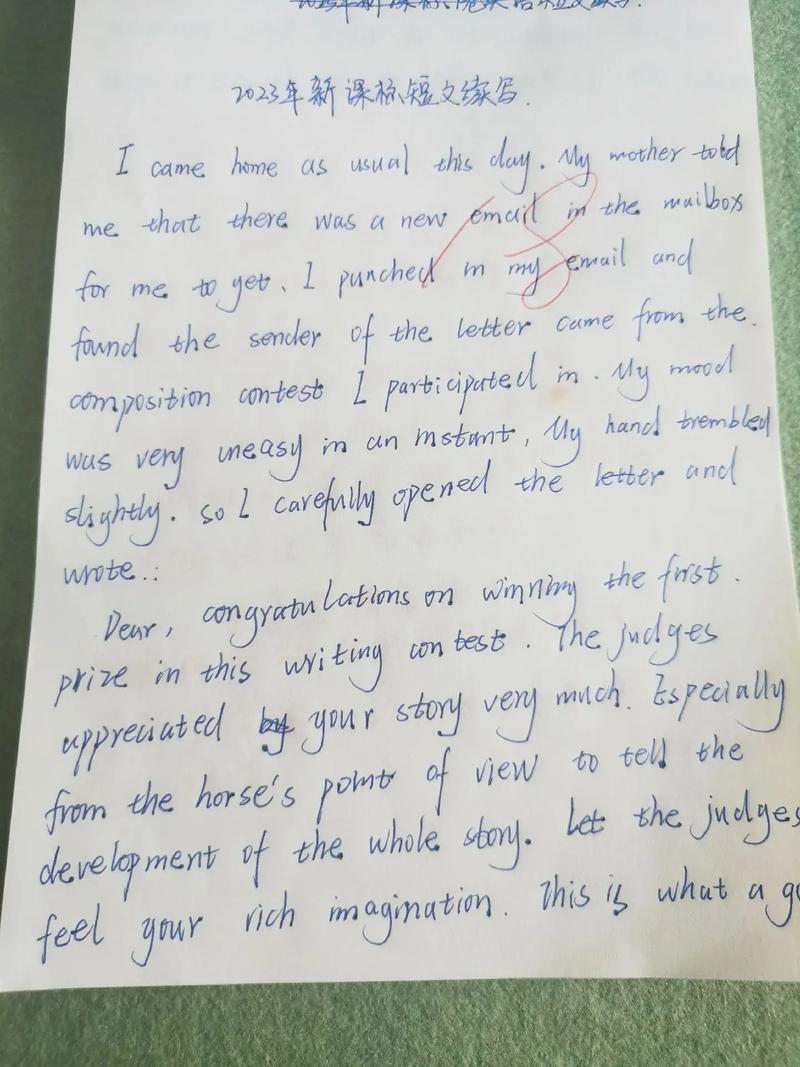What is CME Gap?
What is CME Gap?
Understanding the CME gap is crucial for anyone involved in the financial markets, especially those trading futures and options. The CME gap refers to the difference between the settlement price of a futures contract at the end of the trading day and the opening price of the same contract the next day. This article delves into the various aspects of the CME gap, providing you with a comprehensive understanding of its implications and how it affects trading strategies.
What Causes a CME Gap?

The CME gap can be caused by several factors, including economic news, corporate earnings reports, and geopolitical events. When significant news is released after the market closes, it can lead to a gap in the opening price the next day. For instance, if a company reports better-than-expected earnings after the market closes, the opening price of its stock may gap up the next day.
| Factor | Impact on CME Gap |
|---|---|
| Economic News | Can cause a gap up or down depending on the news’s market implications |
| Corporate Earnings Reports | Can lead to a gap up if earnings are strong, or a gap down if earnings are weak |
| Geopolitical Events | Can cause a significant gap due to uncertainty and market reactions |
Understanding the Size of the CME Gap

The size of the CME gap can vary widely, depending on the market and the news that caused it. Some gaps may be just a few points, while others can be several hundred points. The size of the gap can provide valuable information about the market’s reaction to the news and the potential trading opportunities it presents.
Impact on Trading Strategies

Understanding the CME gap is essential for developing effective trading strategies. Here are some ways the CME gap can impact your trading:
-
Gap Filling: Traders may look to enter positions in the direction of the gap as the market attempts to fill the gap. This strategy can be risky, as the market may not fill the gap quickly or at all.
-
Breakout Trading: Traders may look for opportunities to trade breakouts after a significant gap. This involves entering a position in the direction of the gap once the market has moved beyond the previous high or low.
-
Counter-Trend Trading: Some traders may look to trade against the gap, anticipating that the market will reverse and fill the gap.
Managing Risk with the CME Gap
Trading the CME gap can be risky, as the market may not move in the expected direction. Here are some risk management strategies to consider:
-
Stop Loss Orders: Placing stop loss orders can help limit potential losses if the market moves against your position.
-
Position Sizing: Managing position size is crucial to ensure that a single trade does not significantly impact your overall portfolio.
-
Market Analysis: Conducting thorough market analysis before entering a trade can help identify potential risks and opportunities.
Conclusion
Understanding the CME gap is essential for anyone trading futures and options. By recognizing the factors that cause gaps, understanding their size, and incorporating them into your trading strategies, you can better navigate the financial markets and manage your risk. Keep in mind that trading the CME gap can be risky, so always do your research and use proper risk management techniques.